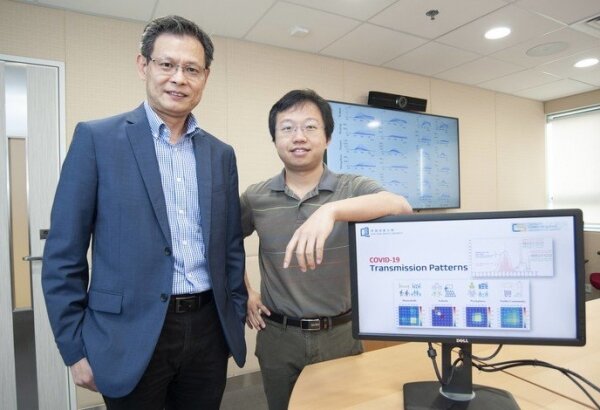
New HKBU-led study unveils COVID-19 transmission patterns and safety-conscious reopening plans
With the COVID-19 pandemic resulting in lockdowns in different parts of the world, from the US to many European nations, there have been intense debates on when and how we can safely reopen the economy.
New research led by HKBU computer scientists has used a data-driven modelling approach to answer the time-critical question of when the stringent social distancing and quarantine measures against COVID-19 can be loosened so that normal life and economic activities can be restored in a safe manner.
The research team developed a novel computational model that explicitly characterises and quantifies the underlying transmission patterns among different populations throughout the various phases of the COVID-19 outbreak. Based on the model, the research team carried out a prospective analysis of the different work resumption plans, revealing the respective economic implications and the levels of disease transmission risk associated with each plan.
The original research was titled “What are the Underlying Transmission Patterns of COVID-19 Outbreak? An Age-specific Social Contact Characterization”, and it was published in The Lancet’s EClinicalMedicine journal.
The model was developed by a research team from HKBU’s Department of Computer Science, and the study was led by Professor Liu Jiming, Chair Professor of the Department, in collaboration with the National Institute of Parasitic Diseases of the Chinese Center for Disease Control and Prevention and the Chinese Academy of Sciences.
Please click here for more details.
Previous News
Next News




